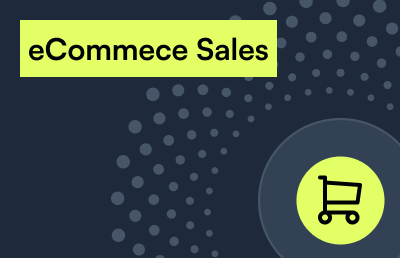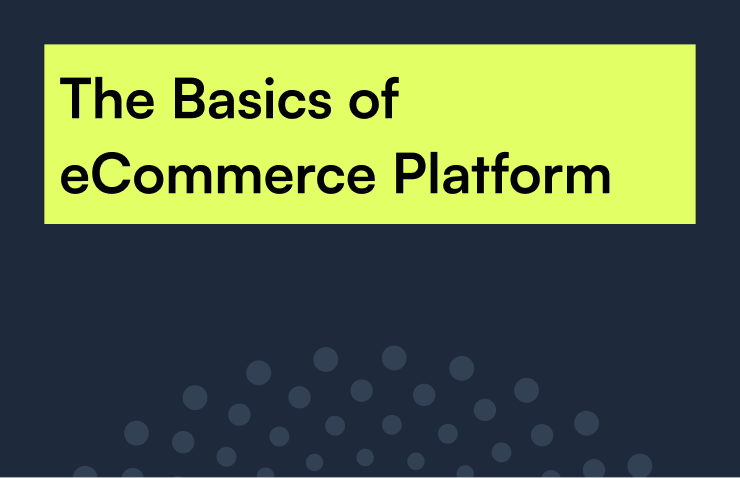It’s never too early to start looking towards your eCommerce roadmap for 2018 and beyond. Business-to-business eCommerce is growing at a staggering pace. The B2B online retail market occupies a $1 trillion+ space currently, and is expected to grow towards $2 trillion by 2020, according to Forrester analyst reports. It’s more important than ever for B2B sellers to keep up with the quickly changing landscape. Incorporating these rising trends into your B2B strategy for the coming year will increase your competitive advantage and allow your business to break into new markets.
Omnichannel
B2C companies have long cornered the market on integrating multiple channels, but B2B sellers are quickly catching up with integrating selling: phone, web, catalog, and mobile. Many B2B buyers are online shoppers who visit eCommerce sites with high expectations, and expect the same in-depth experience across every selling channel as they do during a in-person shopping excursion. Even if an individual B2B buyer is an avid online shopper, does not mean that their companies will be willing to make an organization shift from pen-and-paper to online commerce without persuasion. B2B companies need to meet those standards with excellent search functionality, customer reviews, and functionalities for requesting wholesale quotes and making multiple account for their buyers.
Mobile Integration
As the importance of user experience skyrockets, companies are finding that many of their buyers use mobile devices to shop for their business needs. In the next two years, mobile applications will provide 50%+ of a website’s traffic, according to Magento. Whether that’s optimizing the site for smaller screens or creating an app, B2B companies need to provide a functional purchasing platform from a smartphone or tablet. This is especially important in the medical industry, where doctors and nurses are becoming increasingly comfortable with using iPads and tablets to keep patient records, and also re-order and buy supplies they need for their hospital or office to function. Manufacturing is also moving towards the mobile revolution, many warehouse workers are now armed with Smartphones and tablets to conduct their day-to-day operations.
Secure Payments
Processing digital payments for business sales can be tricky. B2B platforms open up a wide variety of payment forms, including purchasing or commercial cards, e-checks, physical checks, or purchase orders. A successful B2B seller will have the functionality to accept all of these payment types. In many cases, not offering the flexibility to pay with the buyer’s preferred method may result in the loss of a sale. Integrating modules and integrations for authorization and PCI compliance is vital to gaining the trust of corporations working in sensitive industries.
How can Magento help?
Fortunately, there’s a way to accomplish all of these rising trends. Open source eCommerce platforms like Magento will allow B2B online merchants to mix and match the features they’d like to offer on their site, with a large catalog of modules and additional enhancements that can be installed easily.
Gaining Trust
Trust is the driving factor behind many consumer decisions, especially when corporate budgeting is involved. For a B2B company to succeed, they must earn the trust of their customers. And to accomplish this, they have to replicate an in-store or dedicated sales associate buying experience in-store experience. The product catalog should provide detailed product information, dimensions, photographs from every angle, instructional videos, technical documentation when dealing with large ticket items, or sensitive items like in the medical industry.
As specialists in B2B commerce, Web Solutions has developed proprietary modules for B2B selling, including Request for Quote functions and Sub-Accounts with customizable permissions. Want to evaluate your B2B strategy? Lets chat.



